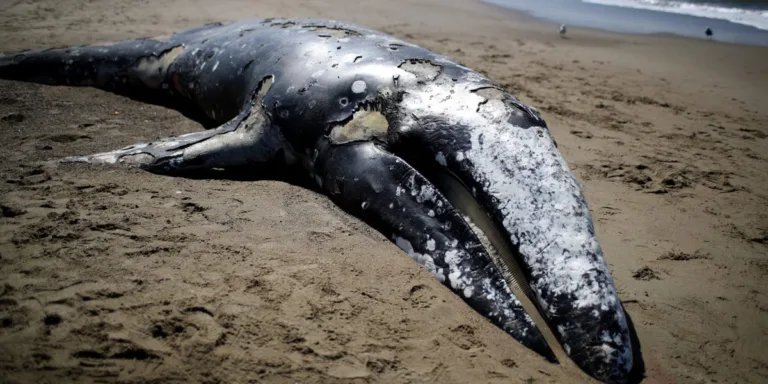US Army Ramps Up Ammo Production and Modernizes Stockpiles Amid Ukraine War
Introduction
As both sides of the war in Ukraine continue to consume large amounts of ammunition, the US Army is reassessing its production and stockpiling strategies. The Army aims to meet the demands of potential future conflicts and support allied nations like Ukraine and Israel. To achieve these goals, the Army is increasing production of 155mm artillery shells and modernizing its manufacturing and stockpile processes.
The Rationale: Learning from the Ukraine Conflict
The US Army is closely examining the Ukraine war to gain insights into ammunition requirements for large-scale conflicts. Given the significant use of artillery on both sides and the depletion of global stockpiles, the Army recognizes the need to be better prepared for potential conflicts and to assist Ukraine in its fight for freedom.
Short-Term Goals: Upping Production
To address immediate needs, the Army plans to significantly increase the production of 155mm artillery shells from approximately 30,000 shells per month to 100,000 shells per month by the end of 2025. This expansion is intended to fulfill the demands of Ukraine, allied partners, and the US’s own stockpile requirements.
Long-Term Strategies: Strengthening the Supply Chain
In addition to ramping up production, the Army is working on securing a more robust supply chain and establishing constant munitions manufacturing both domestically and with the support of US partners. This initiative aims to ensure a consistent and reliable source of ammunition to meet the needs of Ukraine, allies, and the US.
The Impact of the Ukraine Conflict
The conflict in Ukraine has highlighted the significance of artillery in modern warfare. Ukraine heavily relies on towed 155mm and 105mm howitzers, as well as rocket artillery assets like the High-Mobility Artillery Rocket System (HIMARS), to engage Russian forces and disrupt their advancements. The provision of ammunition from the US and NATO allies has been crucial to Ukraine’s war efforts, but it has also strained Western nations’ stockpiles.
Russia’s Role: Expending Ammunition
Russia, despite facing Western sanctions and limitations on ammunition production, has managed to bolster its stockpiles by engaging in foreign partnerships. Notably, a arms deal between Russia and North Korea has resulted in the delivery of North Korean ammunition to Ukraine. Ukraine’s ongoing bombardments from both sides emphasize the need for the US to reevaluate its ammunition needs and production capabilities.
Lessons Learned: Investing in Capacity
The conflict in Ukraine has provided valuable lessons for the US Army. It has highlighted the challenges of expanding industrial capacity while maintaining production levels. The Army has initiated investments to enhance its ammunition capacity, modernize manufacturing processes, and supplement its stockpiles.
The Focus on 155mm Shells
The US Army’s current focus is on increasing the production of 155mm shells, which have been extensively used by Ukraine in its artillery exchanges with Russia. Monthly production rates have already doubled, with the Army aiming to reach 36,000 by early 2024 and eventually 100,000 shells by the end of 2025.
The Path Forward: Building Manufacturing Capacity
To achieve these production goals, the Army plans to capitalize on existing government facilities and establish new domestic sites through collaborations with commercial partners. These efforts aim to bolster the US’s ammunition stockpiles, support allied nations like Ukraine and Israel, and ensure the readiness for future conflicts.
Challenges Ahead
While production is increasing, supporting both Ukraine and Israel in their ongoing conflicts poses challenges for the US. President Zelenskyy of Ukraine has expressed concerns about a slowdown in the supply of artillery since Israel’s engagement with Hamas. However, the Army maintains that no ammunition intended for Ukraine has been redirected to Israel. The US has supported Israel directly from its stocks and sent ammunition from its own stockpile as well.
Conclusion
The war in Ukraine has prompted the US Army to reevaluate its ammunition production and stockpiling strategies. By increasing production, modernizing manufacturing processes, and strengthening the supply chain, the Army aims to meet the demands of future conflicts and support its allies while safeguarding its own ammunition stockpiles.







